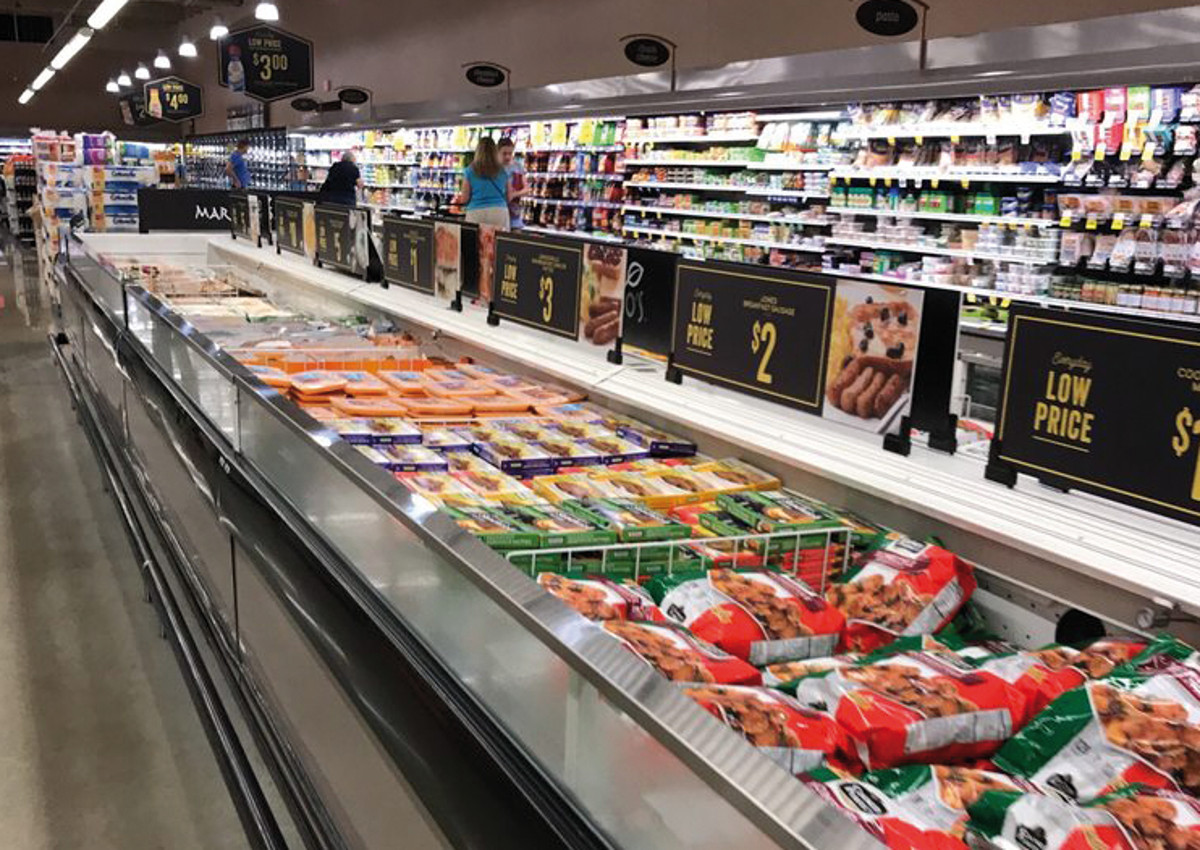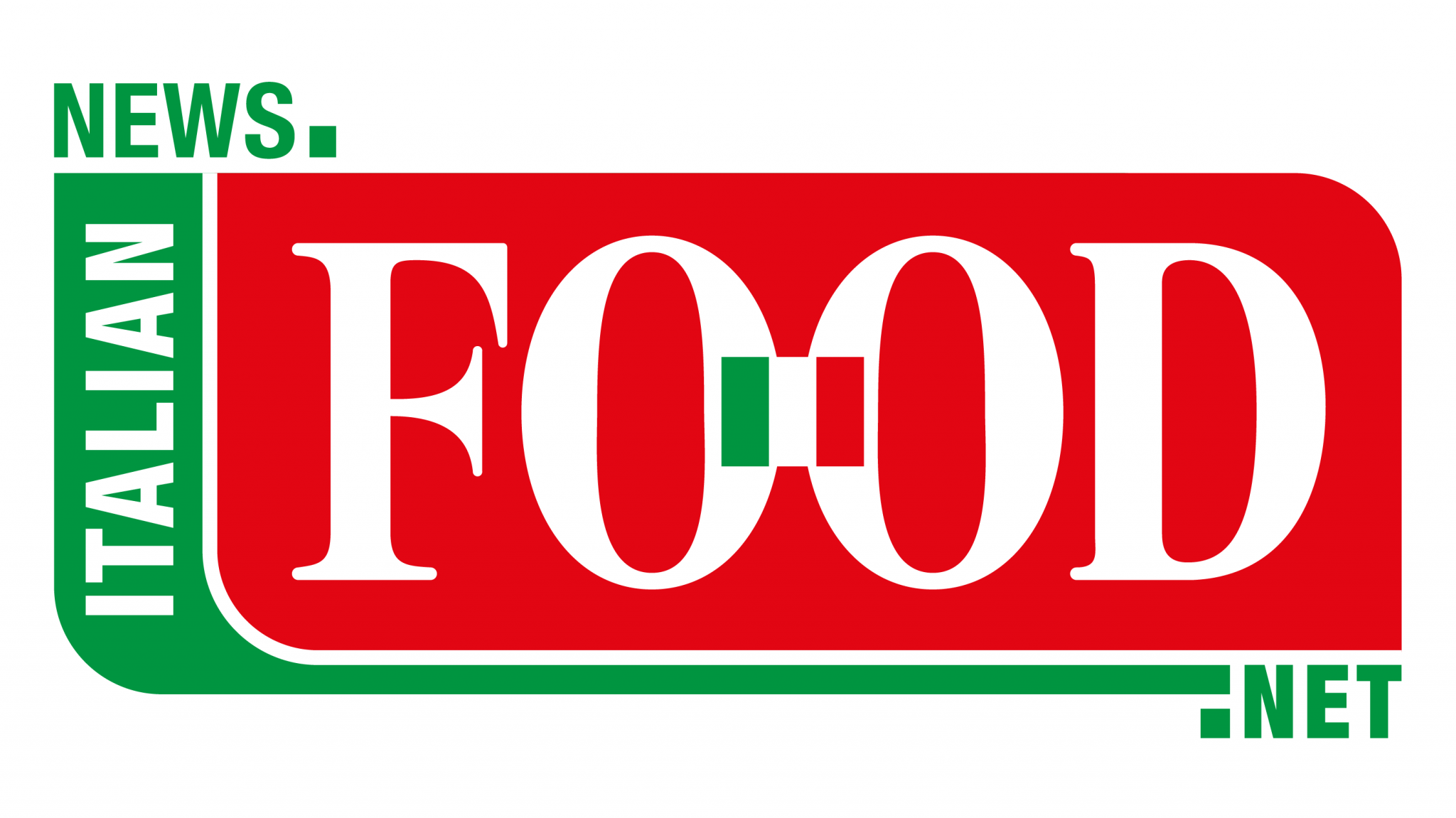
The US frozen food market is undergoing a rapid transformation, projected to double in value from $79.6bn in 2024 to over $150bn within the next decade. The growth, underpinned by a compound annual rate of 8.91 per cent, is being driven by shifting consumer habits, digital retail expansion, and a broader reappraisal of frozen foods as convenient, cost-effective, and increasingly health-oriented.
MULTIPLE DRIVERS BEHIND SECTOR EXPANSION
The pandemic proved a pivotal moment for the industry, accelerating demand for ready-to-eat meals and triggering a wave of domestic freezer purchases. In 2023, freezer unit sales reached 2.3 million — up from 1.5 million in 2019 — creating a new consumer baseline of bulk frozen food buyers.
Today, the sector’s momentum is underpinned by four key forces:
- Time-saving meals: Demand for ready-made options continues to grow as busy consumers seek convenience.
- E-commerce and logistics: Greater online penetration, alongside advances in cold chain packaging, are improving access and product appeal.
- Portfolio diversification: Producers are expanding offerings to include premium vegetables, functional ingredients, and global flavours.
- Weight-loss pharmaceuticals: The adoption of GLP-1-based obesity drugs is contributing to a rise in portion-controlled, nutritionally balanced frozen meals.
RECOVERY FROM COVID-ERA VOLATILITY
After a post-pandemic cooling period, the market returned to volume growth in early 2024, supported by easing inflation and a renewed consumer focus on value. Key categories are outperforming:
- Frozen fruit: up 8.8%
- Processed chicken: up 9.6%
- Potatoes and prepared sides: up 3.2% and 8.2% respectively
The trend marks a broader shift in perception: frozen food is no longer seen merely as a budget commodity, but as a strategic tool for wellness and convenience — particularly in the form of single-serve meals suited to individual diets and time constraints.
PREMIUMIZATION AND SMART INNOVATION
Producers are responding with a wave of “smart” innovations: calorie-conscious entrees, better-for-you desserts, functional ingredients such as probiotics and fibre, and resealable packaging that supports portion control.
The sector is also targeting high-potential consumer groups — notably child-free Millennials (47%) and Gen Z (17%) — who are more likely to embrace products that blend innovation, nutrition, and convenience.
COST, WASTE, AND VALUE
Cost remains the leading purchase driver for 78 per cent of Americans, with frozen foods offering both affordability and longer shelf life. More than 83 per cent of consumers say frozen products help reduce mealtime stress and improve planning.
Food waste has also emerged as a key consideration. Half of heavy frozen food buyers say they purchase frozen items specifically to avoid spoilage, helping retailers optimise stock and limit shrink — particularly in niche categories such as plant-based alternatives.
At the same time, value perception is shifting from price alone to include ingredient simplicity, sustainable packaging, and transparent sourcing — all of which are fuelling demand for premium and clean-label offerings.
GLOBAL FLAVORS AND SMALLER FORMATS LEAD THE WAY
US freezer aisles are now showcasing greater global variety. While Italian, Chinese, and Mexican meals remain dominant, Indian, Japanese, and Cajun dishes are gaining momentum. Street food–inspired products are booming:
- Bao buns: up 583% in two years
- Tacos: +53%
- Samosas: +32%
- Empanadas: +31%
Mini formats are growing rapidly, with “bites” and snackable products up 31 per cent year-on-year. Seafood bites rose 50 per cent, and chicken-based variants by 21 per cent. Breakfast-focused frozen options are also expanding, with eggs the leading ingredient.
Younger consumers are gravitating toward bold, global flavours — especially spicy profiles. Buyers under 35 are 48 per cent more likely to choose spicy frozen foods, with Korean gochujang among the fastest-growing flavor bases. The “swicy” trend (sweet + spicy) is even extending to frozen desserts: products featuring hot honey rose 74 per cent year-on-year.
DIGITAL DISCOVERY AND CELEBRITY BRANDING
Social platforms are playing an increasingly influential role. Half of Gen Z consumers seek recipe inspiration on TikTok, and up to 36 per cent say online content shapes their frozen food choices.
Despite this, traditional grocery retailers lag in e-commerce readiness: just 9.5 per cent have a robust online shopping channel, suggesting ample room for digital growth. Meanwhile, over 138 million Americans now shop for groceries online.
As restaurant prices rise and consumers entertain more at home, brands are also capitalizing on the desire for “restaurant-style” frozen meals. Celebrity tie-ins are gaining traction, with endorsements from Gordon Ramsay (ramen) and Dolly Parton (comfort foods, in partnership with Conagra) helping to build emotional engagement and drive sales.
